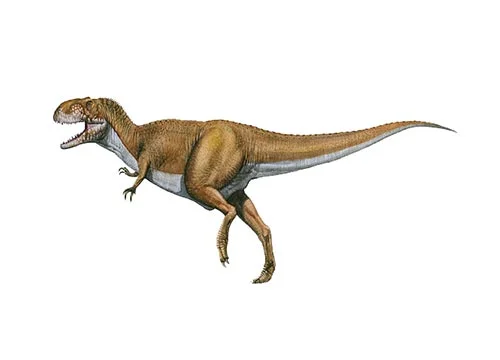Arrhinoceratops (No nose-horn face)

ay-rine-oh-ker-ah-tops
William Arthur Parks - 1925
Herbivore
Estimated 6 meters long
Ceratopsian
A. brachyops (type)
Canada, Alberta - Horseshoe Canyon Formation
Late Cretaceous, 77-74 million years ago
Arrhinoceratops Facts
Arrhinoceratops is a genus of ceratopsid dinosaurs that lived during the Late Cretaceous period, approximately 77 to 74 million years ago. The genus contains a single species, Arrhinoceratops brachyops, which was first discovered in the Dinosaur Park Formation of Alberta, Canada.
Arrhinoceratops was a relatively small ceratopsid dinosaur, measuring about 4 meters in length and weighing between 1 to 2 tons. It had a distinctive, triangular-shaped frill on its head and a pair of large horns over its eyes, similar to those of other ceratopsid dinosaurs such as Triceratops.
However, what sets Arrhinoceratops apart from other ceratopsid dinosaurs is the absence of a nose horn. This unique feature makes Arrhinoceratops one of the few ceratopsid dinosaurs known to have lacked a nose horn and provides valuable insights into the evolution and diversity of this group of dinosaurs.
Arrhinoceratops is also significant because it lived during a time when the ceratopsid dinosaurs were undergoing significant changes and diversification. The presence of Arrhinoceratops in the Dinosaur Park Formation highlights the importance of this region for the study of ceratopsid dinosaur evolution and diversity during the Late Cretaceous period.
In conclusion, Arrhinoceratops is a unique and fascinating dinosaur species that provides valuable insights into the evolution and diversity of ceratopsid dinosaurs and the fauna of the Late Cretaceous period in North America. I hope this brief overview has sparked your interest in this amazing dinosaur genus, and I encourage you to learn more about its discovery, anatomy, and significance.



